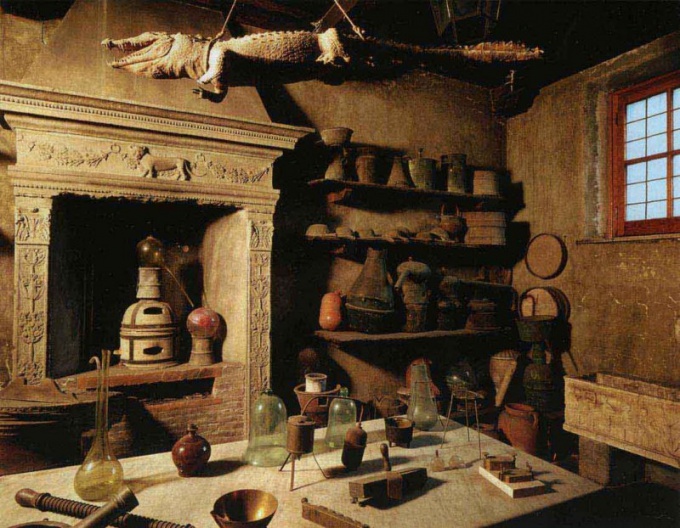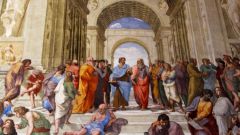The essence of the concept of "homunculus"
Alchemists tried to achieve such high goals, which modern scientists do not dare to dream of. In the same list with the philosopher's stone and turn lead into gold was the creation of homunculi, beings similar to man, but not born and grown artificially.
While the term "homunculus" was extended in the XII century, is really popular this topic has become only a century later, when Arnaldus de Villanova, a doctor and alchemist from Spain, created the theory of "manufacturing" people and, according to rumor, held a series of successful experiments that others before have not succeeded. For a long time it was believed that he was the only one who was able to achieve a result, but three centuries after the death of Paracelsus Arnaldus supported his idea and even offered his recipe for growing artificial human.
It was assumed that the homunculus will not just artificially grown body or a kind of soulless robot. Alchemists believed that this consciousness will and feelings, and mind, and indeed it will largely resemble the person
As alchemists tried to create a homunculus
There were a few different techniques for creating a homunculus, but almost all of them were based on one idea: the basis for this creature should be the sperm, because it eventually turns into human in the womb of his mother. The process of carrying the child of the alchemists in the middle ages seemed akin to the process of growing a homunculus, but they wanted to dispense with "standard" methods. Moreover, it was assumed that the sperm is the man, only tiny, and in the womb it only increases in size, nothing more.
One of the most popular recipes growing homunculus belongs to Paracelsus. He offered to take a human sperm, in a special way to warm it in a test tube, to mesmerize, to dig in horse manure and also to do some other manipulation, the essence of the greater part of which was not clear even during the development of this method. Next, it was necessary to contain the tube with the homunculus in the special conditions, from time to time feeding the little man to grow and develop. Feed it relied on human blood. According to the statements of Paracelsus, to achieve a result in this case could in the shortest possible time: the homunculus was enough to 40 days to "ripen". At this point, the growth of the creature had to already reach about 30.5 cm

